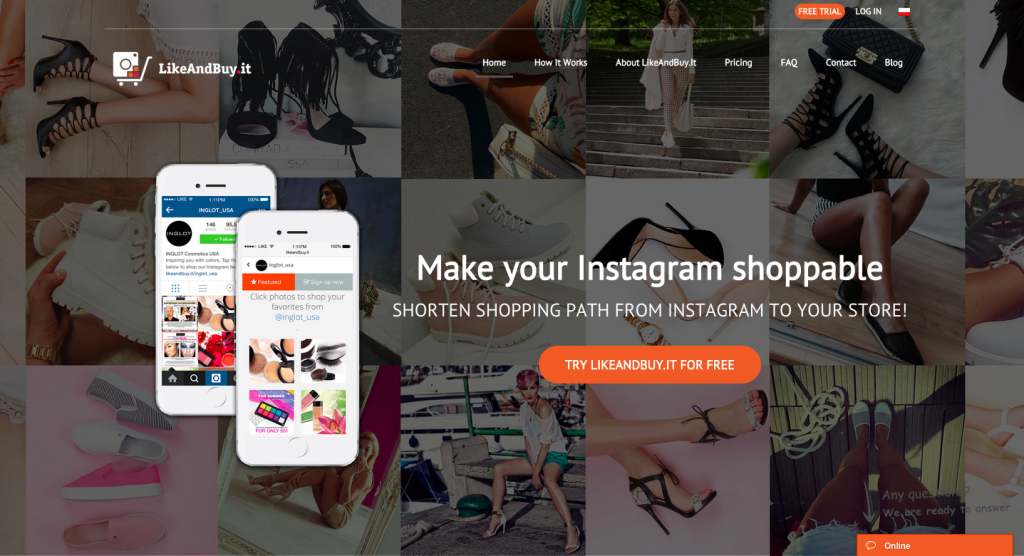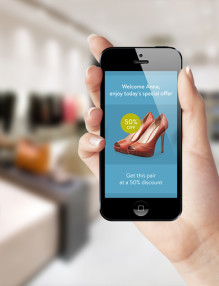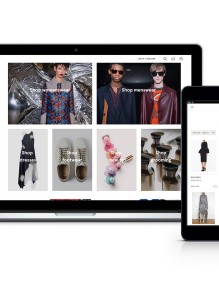Luxury brands may have missed the e-commerce craze, but they may find rescue in the possibilities of m-commerce (mobile retail), following the rapid growth of the tablet and smartphone market. It is not only a nod towards Generation Y (at last!), but also towards the future Generation Z. In the United States, the revenue of the m-commerce market increases by $15 to 20 billion every year, and the fashion and luxury industries are in the lead in this field.
Luxury brands have been present in social media for several years. For some of them, such as Burberry, Michael Kors and Louis Vuitton, this presence has been very successful. It is another nod towards younger customers, such as children of wealthy families or people aspiring to become rich one day: future CEOs and entrepreneurs who are currently in school or college.

Therefore, it seems only natural that apps such as LikeAndBuy.It are appearing on the market, as well as “buy” buttons on Pinterest, Facebook or Google. It is a natural way to use the social channels built and maintained over the past few years, as well as─most importantly─the relationship with the brand’s followers. Brand experience is therefore ceasing to be a challenge for luxury brands – the customer to salesperson relationship takes place online. The question of the quality of service, fittings, and returns remains open.

Previous:
Allegro: the creation of the 5th avenue of Central European e-commerce

Next:
Had my make-up lesson from Yves Saint Laurent and Google Glass
You may also like
-
 13 Feb
13 FebFrom the beginnings of the fashion ecommerce, through social shopping, to a vision of the clothes and accessories shops of the future
fashion retailFashion ecommerce – beginnings were bad It took a long time for a fashion industry ...
-

-
 07 Jun
07 JunNew technologies in brick and mortar stores – Fashion Tech 101
fashion retailImage recognition, beacons, sensors, emotion recognition, AI, interactive mirrors are becoming a very important part ...
-
 23 Jan
23 Jan100 years in 1 minute: history of fashion
fashion retailHere’s a beautiful animation about the history of fashion. By Julie Perfezou. Amazing!
